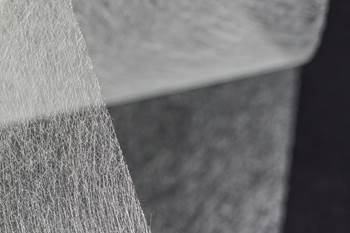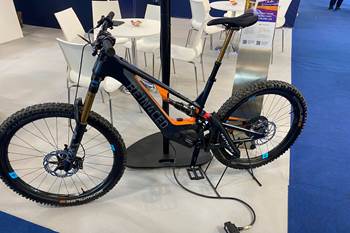Search Results
Showing 111 – 120 of 777 results
Processes in composites manufacturing encompass a diverse array of techniques employed to fabricate composite materials. These processes include methods like hand layup, where layers of resin and reinforcement materials are manually placed, and vacuum infusion, where a vacuum draws resin into a preform. Other techniques like compression molding, filament winding, and automated methods such as 3D printing are utilized to create intricate and specialized composite structures. Each process offers unique advantages in terms of precision, scalability, and efficiency, catering to diverse industry needs. As technology advances, newer methods are emerging, promising faster production cycles, reduced waste, and increased customization, driving the evolution of composite manufacturing towards more sophisticated and versatile methodologies.
Bonding and welding play vital roles in the assembly and fabrication of composite materials, offering methods to join components together effectively. Bonding involves the use of adhesives or bonding agents to create strong connections between different composite parts or between composites and other materials. Adhesives provide uniform stress distribution, enabling lightweight and durable structures. On the other hand, welding techniques like ultrasonic welding or induction welding are employed specifically in thermoplastic composites, where heat is used to melt and fuse the materials together.
Bureau Veritas and industry partners issue guidelines and pave the way for certification via StrengthBond Offshore project.
Clean Sky 2 thermoplastic composite demonstrator advances toward full assembly.
FLRAA aircraft featuring composite structures from GKN, Spirit and Unitech moves into design maturation and prototyping for anticipated 2026 flight schedule.
A recent study conducted on vacuum-infused thermoplastic fiber-metal laminates has highlighted the performance benefits behind using TFP’s nonwovens for consistent, uniform bondlines and interfacial bonding.
The FlatJet Welder, designed for thermoplastic components of all sizes, blasts a thin, directed jet of uniform, high-temperature air/gas for a fast, full-surface melt.
This sidebar to CW’s August 2024 feature article reviews this technology for more efficient composites manufacturing and why it aligns with Koridion active core molding.
This year placed growing emphasis on sustainable materials and processes in composites manufacturing. What trends will be top of mind for the composites community in 2025?
Themes at the forefront of JEC World 2024 included solutions for mobility applications and sustainable materials, technologies and processes for composites manufacturing.
Keynotes for the International Conference and Exhibition on Thermoplastic Composites on Oct. 9-10, 2024 include Randall Wilkerson’s update on the Hi-Rate Composite Aircraft Manufacturing project as well as Toray’s progress toward large-scale adoption.
PlasmaBound’s aims to accelerate its high-speed composite bonding technology to make sustainable composites a standard feature on vehicles, devices and structures on a global scale.










